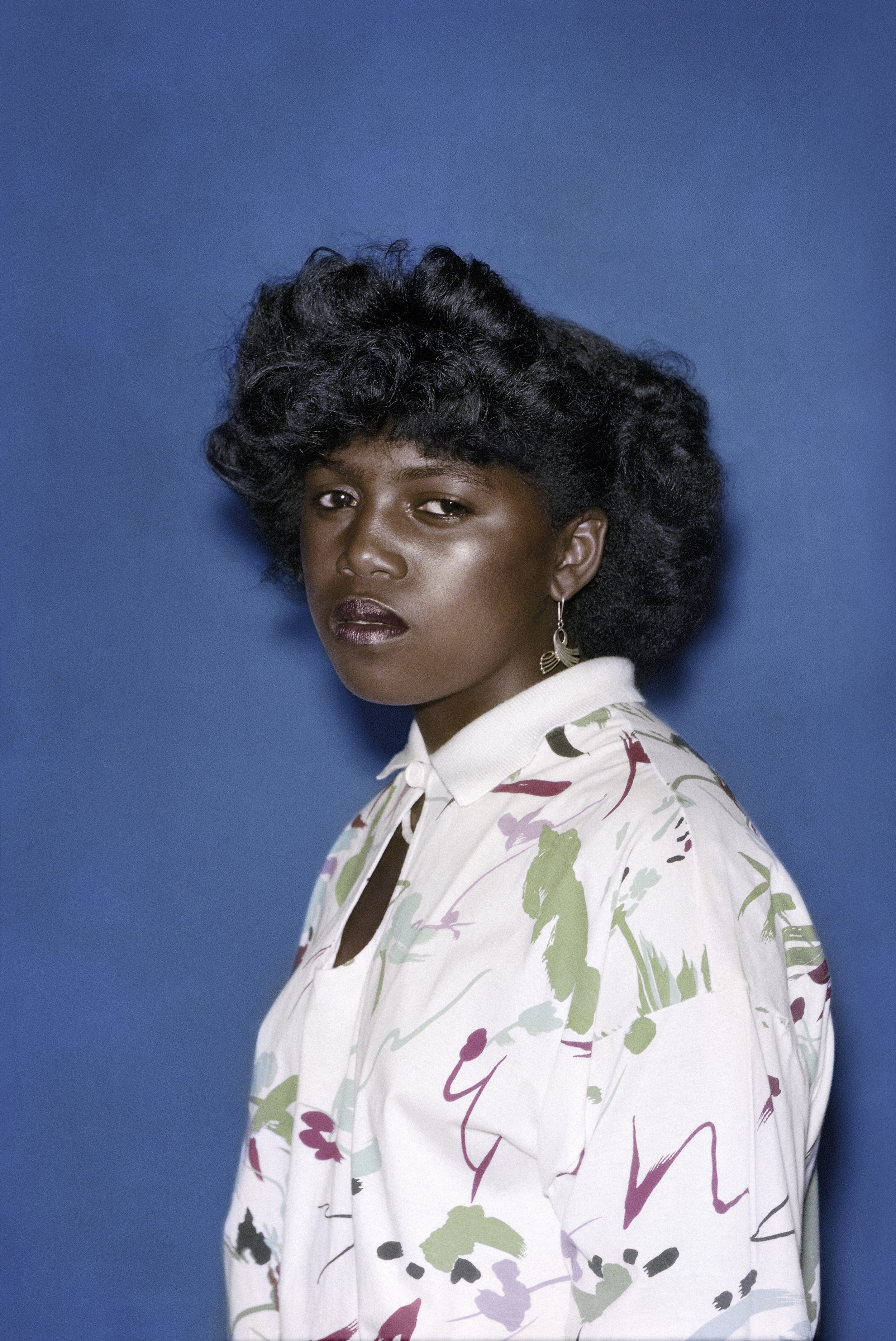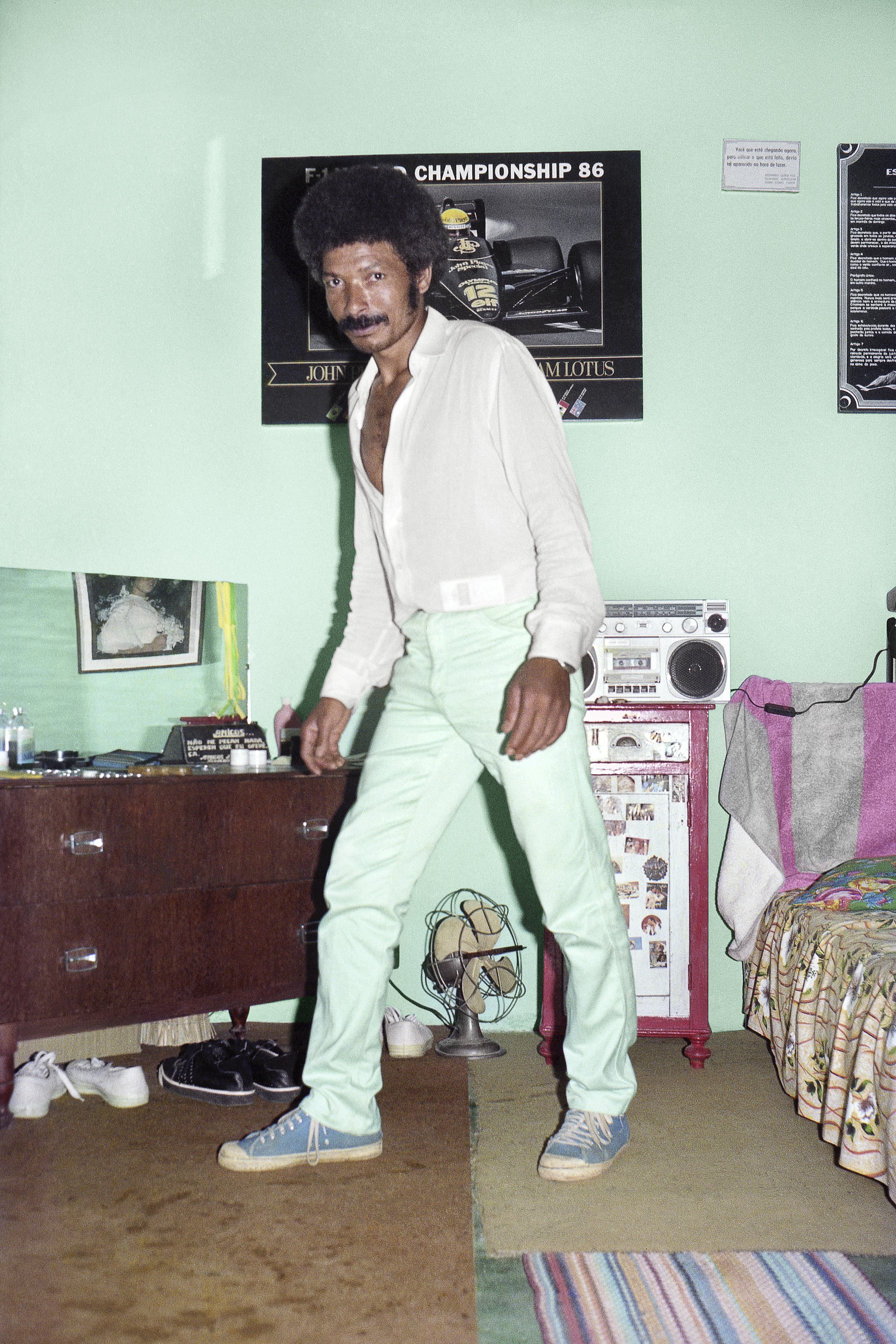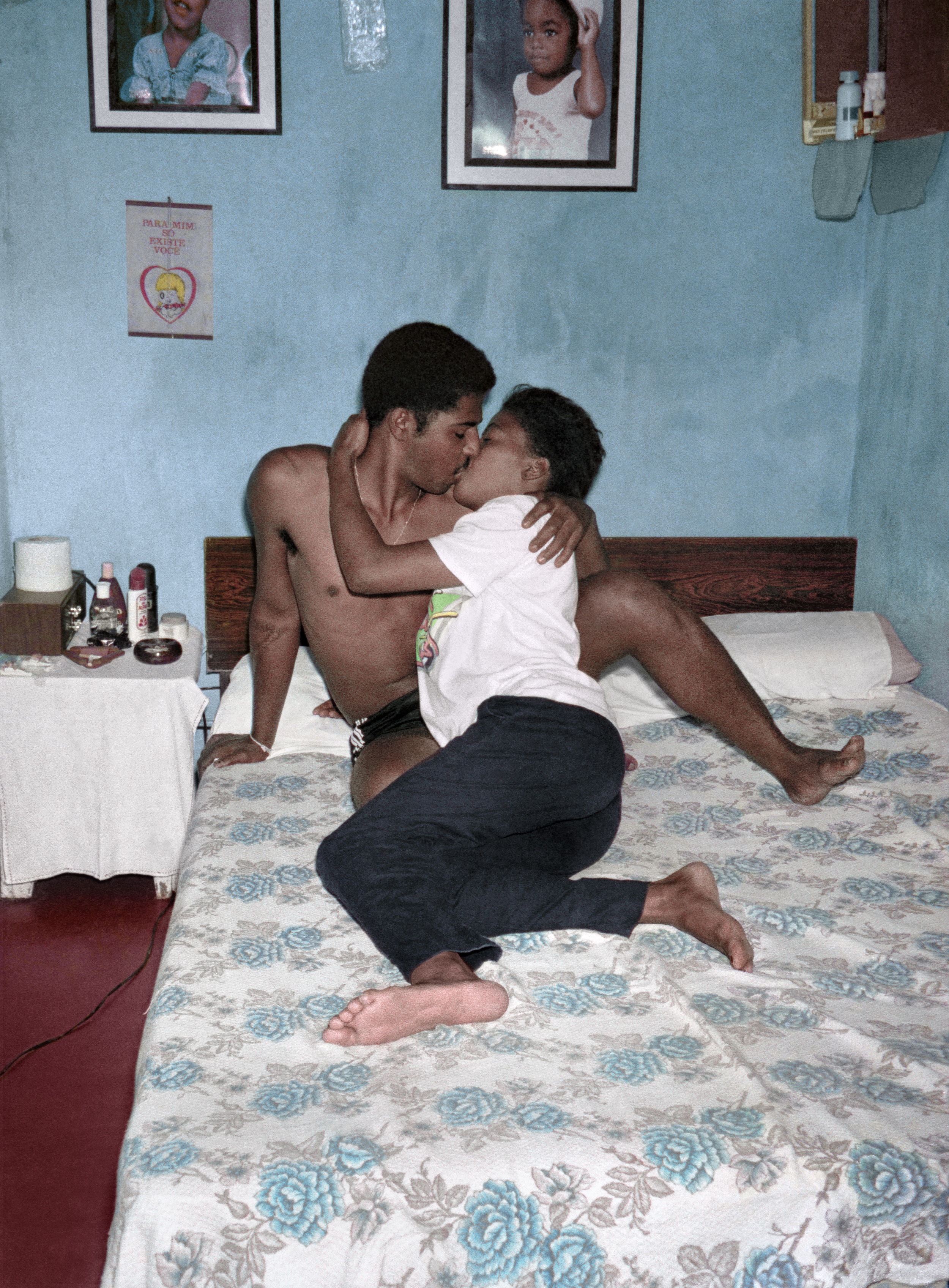Image courtesy of Retratistas do Morro
For its latest issue, La Bohemia, the magazine’s team wanted to “conceive bohemia as something we must safeguard and preserve” amid a global polycrisis
Hailing from Buenos Aires, Argentina, the team at Balam magazine already have their work cut out. Under the country’s far-right president, Javier Milei, marginalised voices have become increasingly suppressed. The new leader, who came to power in December 2023, has proposed a referendum on the legality of abortion, dubbed the climate crisis ‘a socialist lie’, and hopes to disband the ministries of women and gender diversity, culture, and education, among others.
For its latest issue, Balam – Latin America’s only independent queer magazine of contemporary photography – aims to address and discuss “the infinite possibilities and ways of existing within dissident minorities”, its editor and director Luis Juárez tells BJP. The latest issue bloomed as a response to the collapse of ecosystems, oversaturation of media, and hegemonic visions, especially in photography, says Juárez. “It is here where we conceive bohemia as something we must safeguard and preserve.” The director invited artists Ventura Profana – a missionary pastor, evangelist singer, writer, composer, and visual artist – and Castiel Vitorino Brasileiro – who develops healing strategies for marginalised communities such as the Black and trans populations – as guest editors.
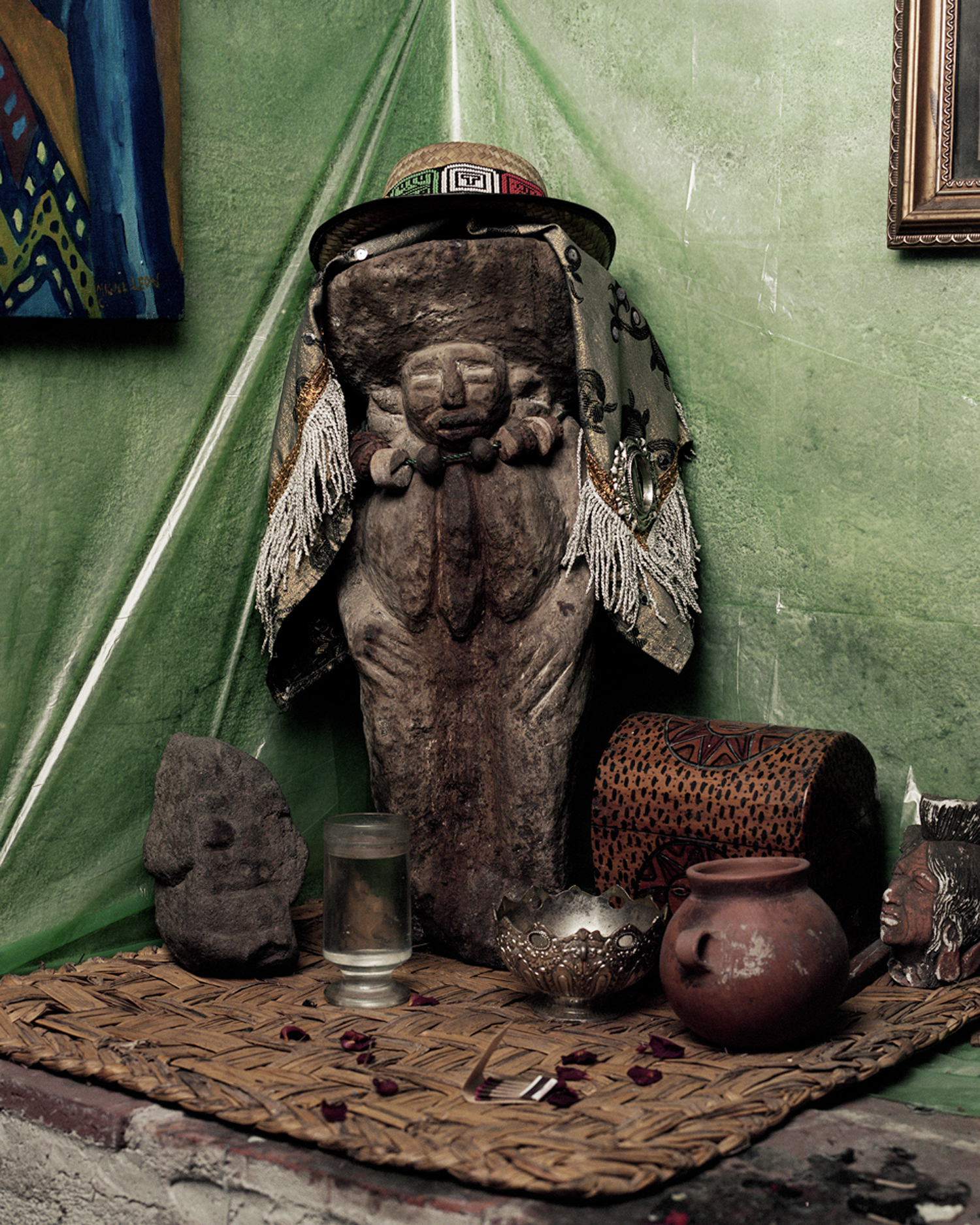
Juárez says that “happiness, heat, tensions, destabilisations, and contradictions present in migrations, nocturnality, and rituals” guide the tenth issue, and that it hopes to “echo the ruptures, especially of the religious, spiritual, musical, aesthetic, academic, and imaginary boundaries established by colonisation, cultural aspects in direct dialogue with the history of photography.” La Bohemia is therefore an objection to violence in all its forms, the editor believes.
Understanding ideas of representation in the community helps Juárez establish new “symbolic and semiotic relationships in photography”, especially keeping notions of visibility in mind, using photography as a medium to bring to the fore what is usually reserved in the margins. In this issue, for example, we meet the Indigenous Amazonians through the work of Florence Goupil, Rafaella Kennedy and Labo Young. The Indigenous rights movement has been a key voting issue for many Latin American countries and in recent years, the rights of native groups in region have been increasingly limited. In Argentina, the ushering in of the ‘libertarian’ government sees the continuation of the territorial dispossession of Indigenous people.
The other pages include archival footage of dancehall culture by women in Jamaica by Akeem Smith, and a collective project by Retratistas do Morro preserving a historical artistic movement that emerged in the 1960s in the Brazilian favelas. Juárez says that, because of each issue of Balam, the selection process for each issue is completely different. “Its theme is very important to drive certain parameters of curatorial axes… I always find surprises, I try to unlearn what I have already learned,” he explains. “Each [photographer] contributes a particle and an element that makes the essence of bohemia.”
“The magazine has become a documentary manifesto, a reaffirmation of who we are and a record of the passing of the identities of the LGBTIQ+ community”
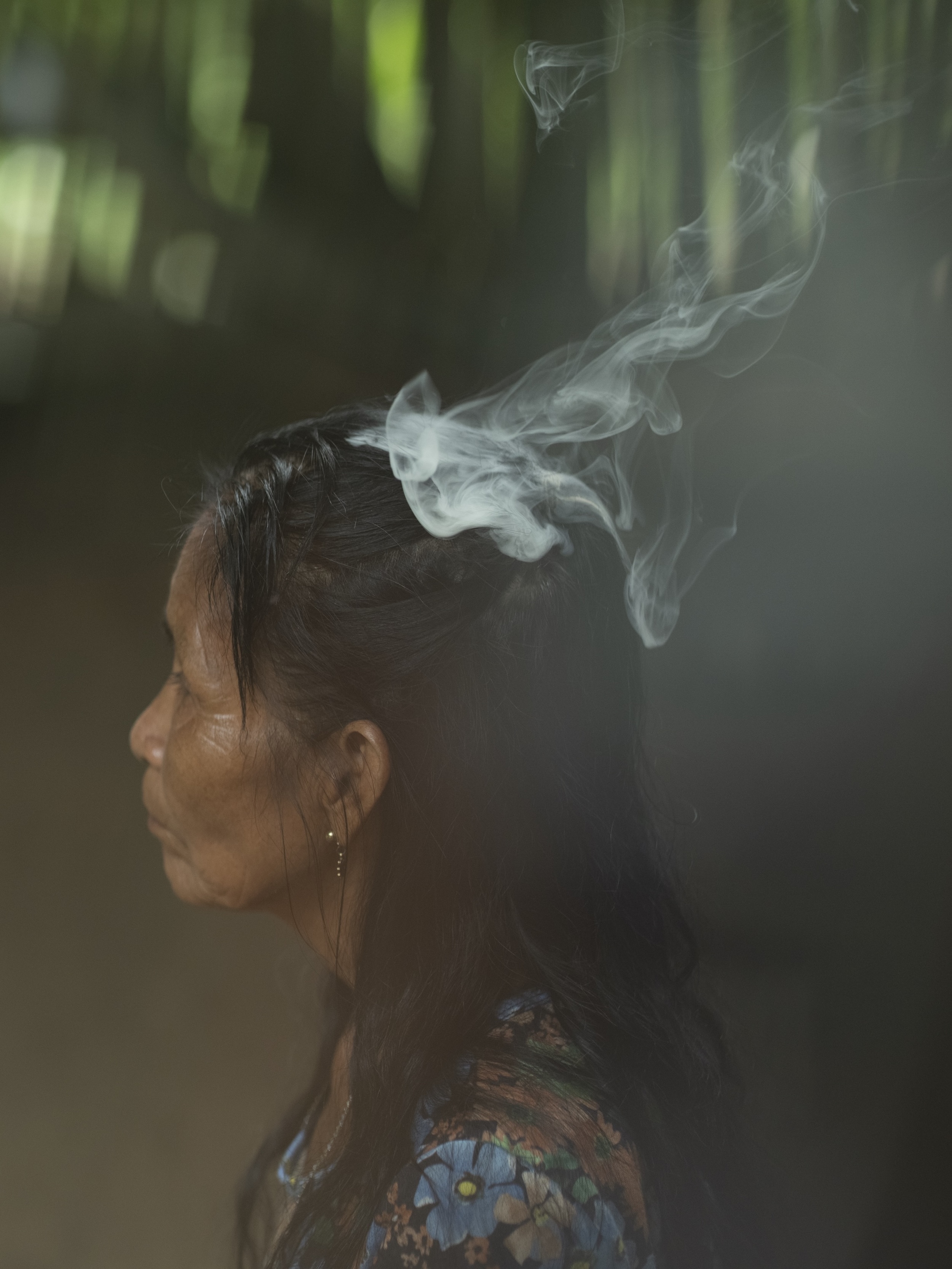
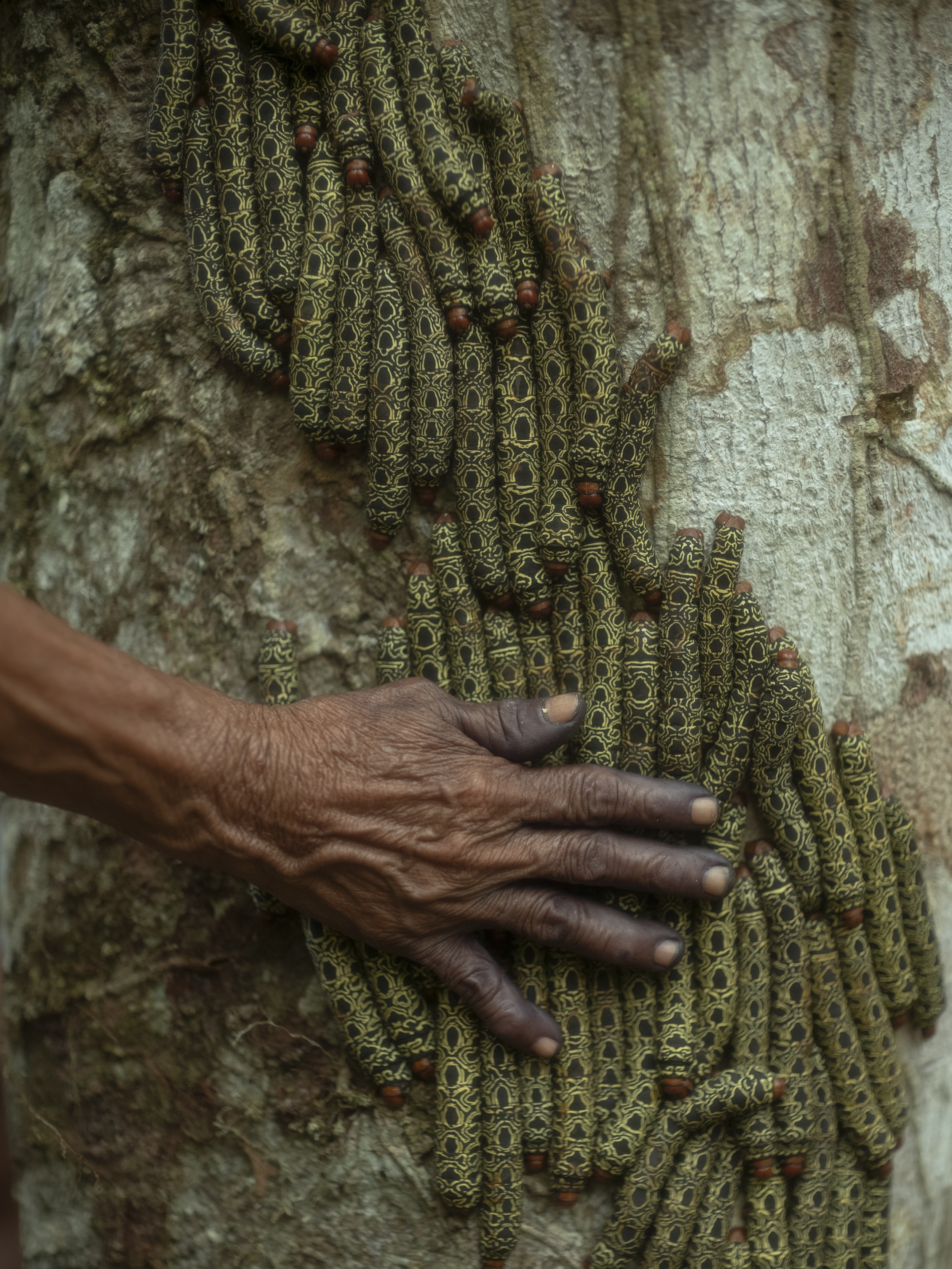
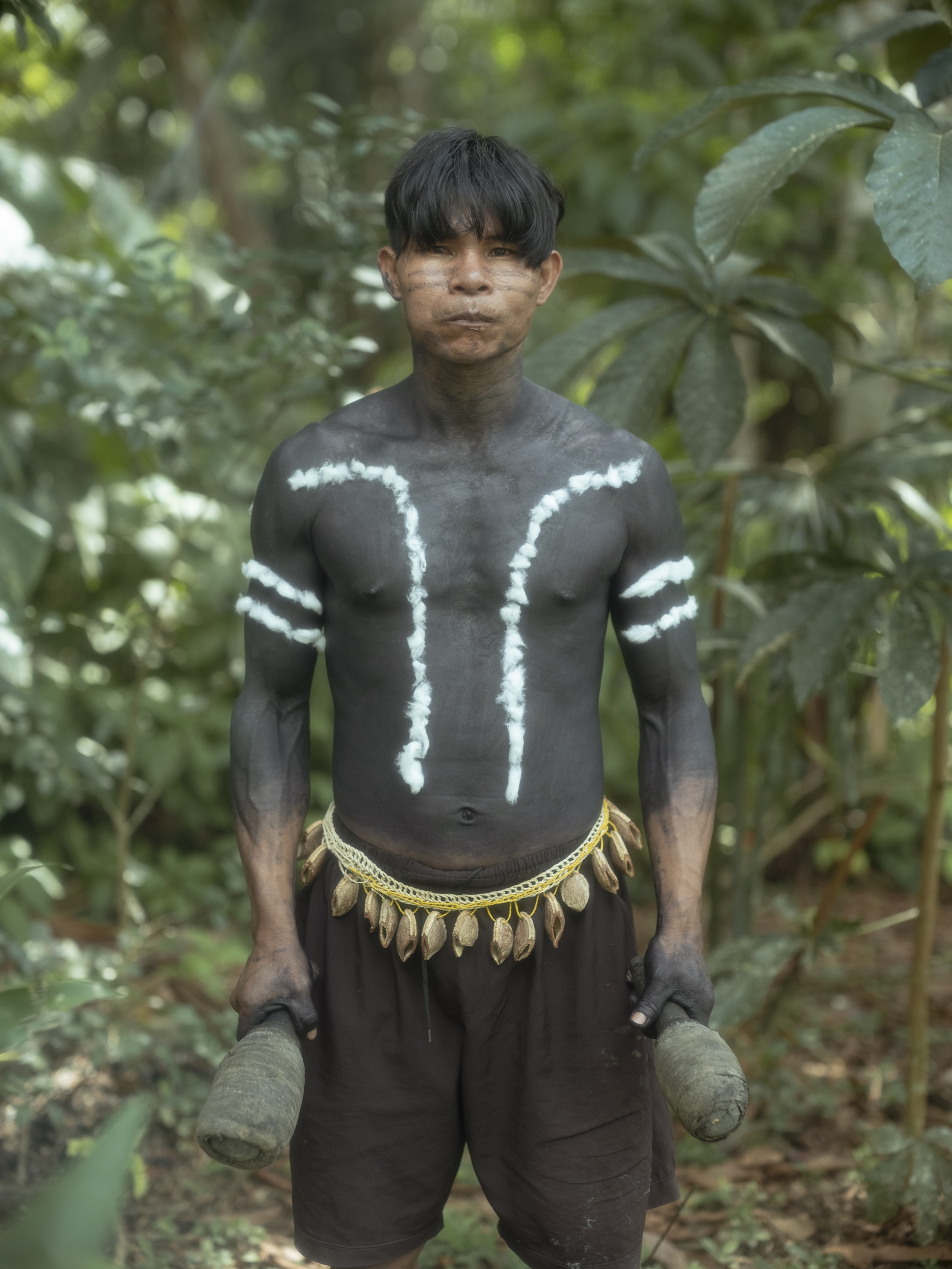
Because Balam is an independent publication, its future is not assured. “We have very few resources, due to many problems, including social and economic inequality. Culture today is at risk because of our president and his extreme right-wing government. In which they are carrying out actions of censorship in the culture industry,” Juárez tells BJP. But the team have nevertheless reached their tenth issue through persistence and by reaffirming their existence. The magazine has “become a documentary manifesto, a reaffirmation of who we are and a record of the passing of the identities of the LGBTIQ+ community,” the editor maintains. Balam offers a vital platform for the communities, experiences and landscapes both of the past and the present which face stigmatisation and censorship across Latin America.
For this reason, Balam has collective work and community efforts to thank for its livelihood, relying on allies and friends who support the team with various resources. “Balam will always be a response to the photography system, to the lack of visibility, and to understanding the importance of the decentralisation from the status quo,” Juárez concludes. Though they have a lot to learn, the team at Balam is riding a strong wave, having started from zero and being self-taught to working with some of the photography community’s most exciting names, they hope to use their resilience as a tool for continued change in photography and publishing.
